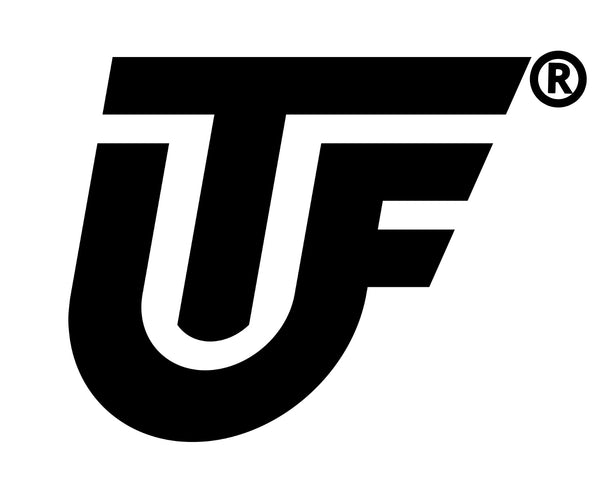The high jump is one of the most technical events in track and field, requiring a mix of speed, strength, and precision. Whether you’re a beginner learning the basics or an advanced athlete refining your technique, incorporating the right drills can improve your performance and help you clear higher heights.
1. Approach Run Drills
A strong and consistent approach is key to a successful high jump. These drills help develop proper rhythm, speed, and takeoff positioning.
Curve Running Drill
- Mark a semi-circle on the ground (4 to 6 steps from the takeoff point).
- Run through the curve focusing on a smooth and controlled lean.
- Helps develop proper body positioning before takeoff.
3-5 Step Approach Drill
- Start with a short approach of 3-5 steps and focus on takeoff mechanics.
- Ensures consistency in run-up and proper foot placement.
Rhythm Runs
- Sprint down the track using a gradual acceleration to mimic the approach speed.
- Helps improve speed control and stride pattern before takeoff.
2. Takeoff Drills
Takeoff mechanics determine how efficiently an athlete can convert horizontal speed into vertical lift.
Single-Leg Hops
- Hop off one leg repeatedly, focusing on explosive push-off.
- Strengthens the takeoff leg and improves ankle stability.
Box Step-Ups
- Step onto a high box with one leg and drive the opposite knee upwards.
- Enhances single-leg power and balance.
Penultimate Step Drill
- Practice taking a long, controlled penultimate step before a powerful jump.
- Helps maximize vertical force during takeoff.
3. Bar Clearance Drills
Proper bar clearance requires flexibility, body awareness, and control.
Back Arch Drill
- Lie on a mat and practice arching the back while keeping shoulders relaxed.
- Improves flexibility and helps develop the classic "Fosbury Flop" technique.
Kick-Out Drill
- Jump over a low bar and practice extending legs upwards at peak height.
- Helps maintain clearance efficiency.
Mat Drills
- Perform jumps onto a high-jump mat without a bar.
- Builds confidence and focuses on correct body positioning.
4. Strength and Plyometric Training
Strength and explosiveness are crucial for achieving higher jumps. These exercises develop power and stability.
Squats and Deadlifts
- Strengthen leg and core muscles for a powerful takeoff.
- Focus on explosive upward motion.
Bounding Exercises
- Perform long, exaggerated strides with high knee lifts.
- Develops lower-body power and coordination.
Depth Jumps
- Step off a box and immediately jump as high as possible upon landing.
- Improves reactive strength and ground contact time.
5. Flexibility and Mobility Drills
Flexibility allows jumpers to clear the bar more efficiently while reducing the risk of injuries.
Hip Mobility Exercises
- Perform leg swings and hip circles to increase range of motion.
- Helps improve flexibility and clearance efficiency.
Bridge Holds
- Lie on the ground with knees bent and push hips upwards.
- Strengthens lower back and enhances body control in the air.
Dynamic Stretching Routine
- Perform walking lunges, toe touches, and high knees before jumping workouts.
- Prepares muscles for explosive movement.
6. High Jump-Specific Workouts
Beginner Workout Routine
- 3x Curve Running Drills
- 4x Penultimate Step Drills
- 3x Mat Jumps
- 3x Box Step-Ups
- 3x Squats (8 reps)
Advanced Athlete Routine
- 4x 5-Step Approach Drills
- 3x Bar Clearance Drills
- 3x Bounding Exercises
- 3x Depth Jumps
- 4x Deadlifts (5 reps)
Final Thoughts
High jump performance improves with consistent technique, strength training, and flexibility work. Whether you are just starting or aiming for a new personal best, these drills will help you refine your form and maximize your potential.

